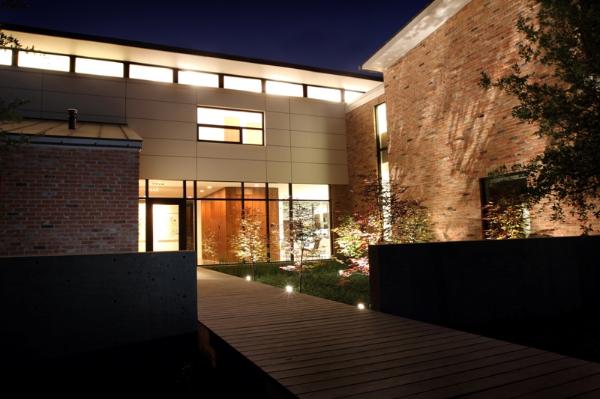“ before house” david benners architecture // photo: matt callahan photography
Our mission at Modern Dallas is to explore modernism and to illuminate its relevance; past, present and future. A recent conversation, with notable Dallas architect David Benners, sparked a debate: Can modern architecture harmoniously coexist among historic communities? The discussion piqued our interest and we decided to find out. Better yet, we wanted to see such a communion up close. Benners suggested a local community, that we now concur, exemplifies such a relationship. Its layout is unusual, its homes refined…and it’s right under our nose.
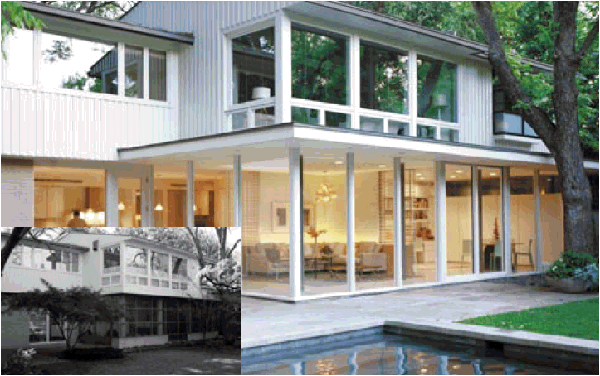
Greenway Parks is a community of about 300 families, nestled on 150 acres, between the Dallas North Tollway and Inwood Road, just north of Mockingbird Lane. Seven decades of design are represented here, yet each lot gently rolls into the next without some monolithic structure commanding attention. Every single home has been custom built to compliment the overall concept, many by notable architects. Most have been respectfully restored, honoring appropriate pedigree and scale. It is this attention to proportion that is key for the numerous styles, traditional and modern, to harmonize.
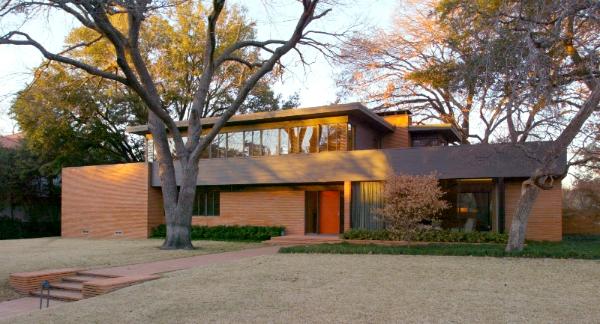
The consistency of the neighborhood’s charm has a lot to do with original deed restrictions that were drafted to renew automatically, in effort to protect the area from advancing commercialism. Residents swiftly took matters into their own hands, to prevent such structures from changing the tranquil landscape. In 2003, the homeowners’ association applied for, and was granted, a local historic designation from the Dallas Conservation District. David Benners understood and respected these restrictions, and welcomed them as a challenge, when he recently designed and built his own home here.
“Before House is a new house in Greenway Parks with a wonderful story to tell visitors,” Benners says. He and his wife “desired a contemporary house built within the guidelines of Dallas Conservation District #10 and sited on a constrictive lot. Elements of the previous residence that sat on the property were kept, and sometimes re-purposed, to help weave the history of the house back into the neighborhood, but within a more modern dialogue of design, construction and materials. Sustainable elements, such as SIPs (structural insulated panels), were implemented in the design. Before House illustrates that contemporary architecture can flourish in a conservation district and a neighborhood that is listed with the National Registry of Historic Places, and function delightfully for a family with small children.”
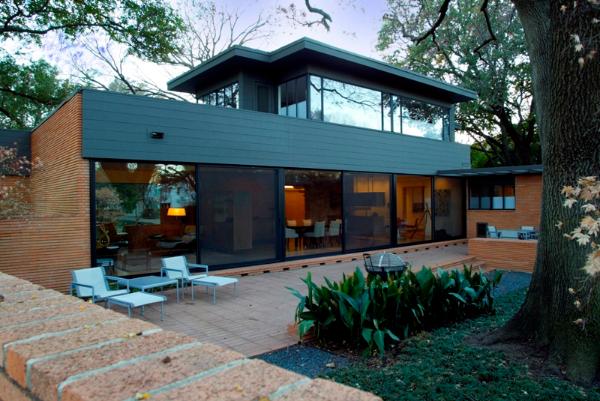
David Benners has honored a legacy that is quite impressive. Greenway Parks boasts the contributions of many A-list architects, making the area a virtual hotbed of residential style. Collaborators include Luther Sadler, Howard Meyer, Fooshee & Cheek, Charles Dilbeck, Bud Oglesby, and Harris Kemp (who collaborated with IM Pei on Dallas City Hall and also called Greenway Parks home), and more recently, Svend Fruit and Frank Welch. The most notable benefactor, however, is David Williams, who is now considered the ‘father of Texas modern architecture,’ for his focus on regionalism.
Williams was the original urban planner and architect, hired by developers F.N. Drane and J.P. Stephenson, in the 1920s. Drawing from experimental development work in Mexico, Williams introduced the very infrastructure that makes Greenway Parks a real estate gem worth coveting. His incorporation of greenways, or park-like corridors, between rows of houses, became the development’s distinguishing feature. This blueprint is based on an English tradition of clustering homesteads around a park or open field. The initial idea was simply to incorporate safe pedestrian concourses, while adding the pleasurable element of nature. But, as the city center expanded and its surrounding density increased, the existence of such green space made this land all the more interesting and valuable.
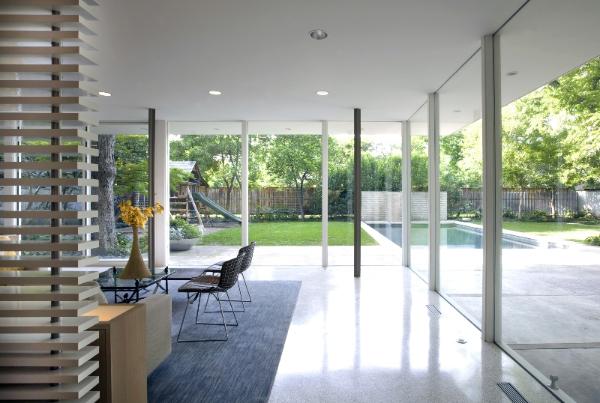
Williams’ successful approach secured Greenway Park’s reputation for being unusually well designed and was the catalyst for decades of exceptional composition. Native Claire Dewar, of Briggs Freeman, has owned three homes here and shares her enthusiasm. “The older homes have been maintained without distorting the original concept,” she says. This is impressive considering 90% of homes here were built before 1959. Dewar also appreciates the commonality of the people here. She notes the “home owners here have a keen sense of design,” and tend to “have a worldly perspective.” Beyond the ‘birds-of-a-feather’ theory, Greenway dwellers enjoy socializing. Dewar offers that the presence of the greenways encourages “out the back door” visits and provides an easy way for families to connect. She concludes that Greenway Parks truly offers “an old-fashioned sensibility,” while only minutes away from an urban center. “It’s the best of both worlds.”
written by: Shelly Rosenberg

